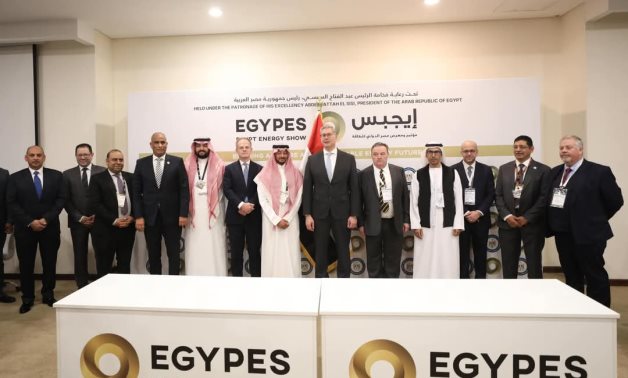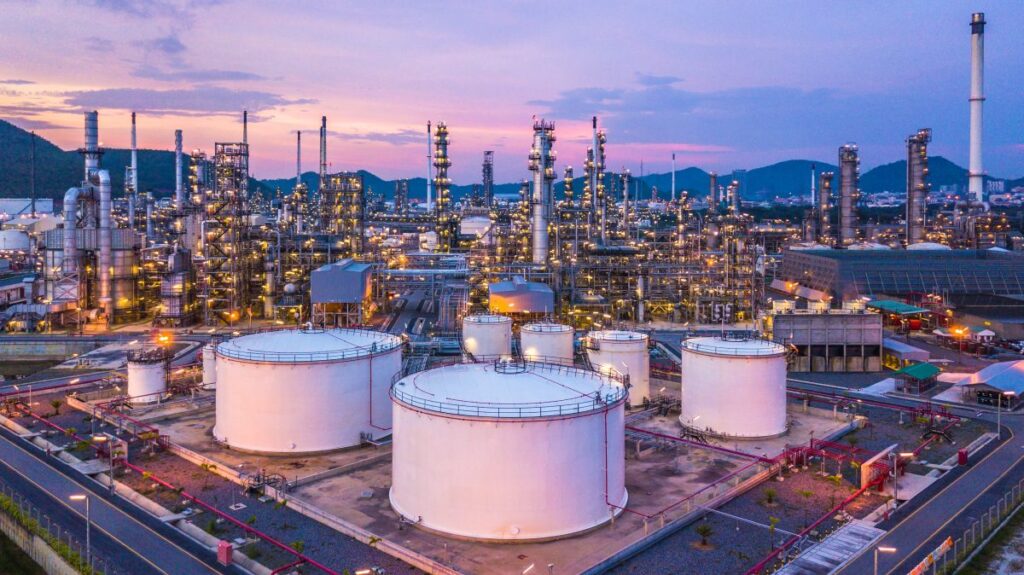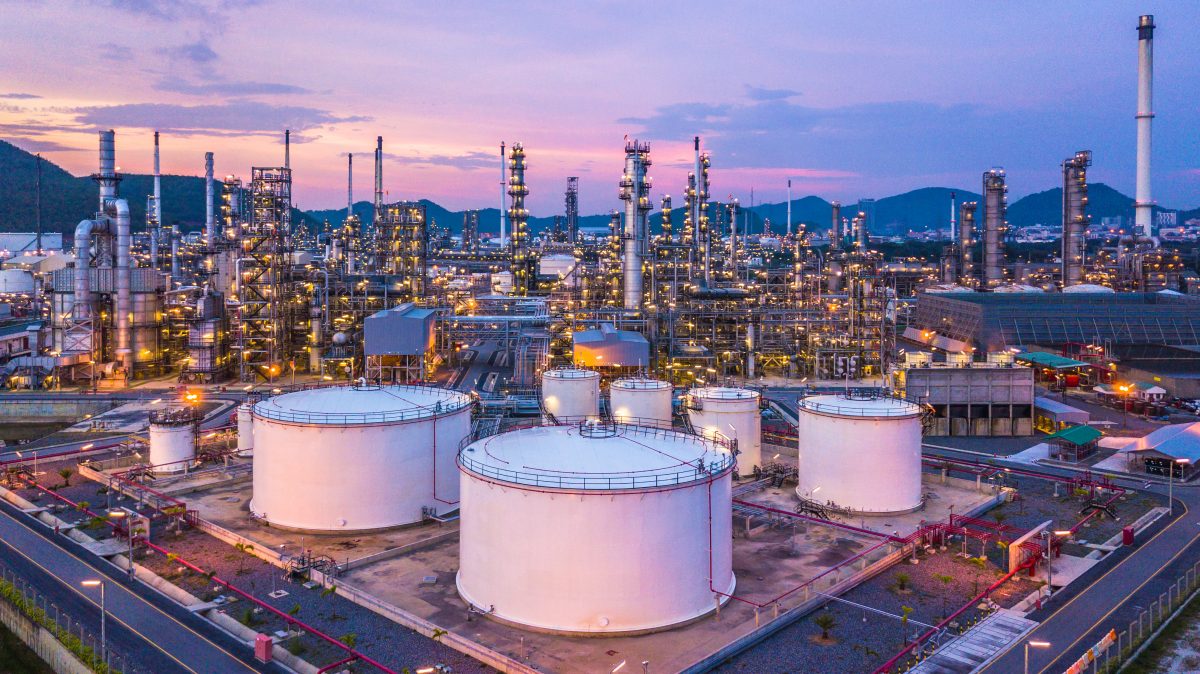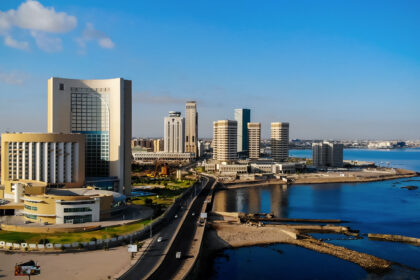At a Glance
- Egypt announces a $7 billion petrochemical complex in New Alamein, positioning itself as a major regional industrial hub.
- Expected to produce 2 million tons of petrochemical products annually, alongside 535,000 tons of petroleum products, the project aims to increase exports and attract foreign investment.
- The initiative is set to create thousands of jobs, strengthen Egypt’s GDP, and enhance global trade positioning.
Egypt’s petrochemical sector has long been a pillar of the nation’s economic strategy. In a bold push for self-sufficiency and global prominence, the government has launched a $7 billion Petrochemical Complex in New Alamein.
The framework deal, signed by the Ministry of Petroleum and Mineral Resources with Britain’s Shard Capital and Saudi Arabia’s Alkahtani Group, involves key partners, including the Egyptian Petrochemicals Holding Company and the General Authority for Investment and Free Zones.

This transformative project is set to drive economic growth, create jobs, and solidify Egypt’s role in the global supply chain.
Strategic location and industrial integration
Strategically located on the Mediterranean coast, New Alamein is emerging as a hub for large-scale industrial investments.

The city’s modern infrastructure and prime geographical positioning provide direct access to European and global markets, making it an ideal site for a project of this magnitude.
Designed to bolster Egypt’s petrochemical production capacity, the complex aligns with the nation’s broader economic diversification plans and aspirations to become a leading regional energy player.
Production capacity and industrial output
The New Alamein Petrochemical Complex will be a major contributor to Egypt’s industrial output. The facility is set to produce a broad range of petrochemical products, including plastics, fertilizers, and essential industrial chemicals that support key sectors such as agriculture, construction, and manufacturing.
With an anticipated annual output of two million tons of petrochemical products and approximately 535,000 tons of petroleum products, the complex is expected to play a crucial role in reducing Egypt’s reliance on imports and enhancing its export potential.
Economic impact and global market expansion
Economically, the impact of the project is projected to be significant. By increasing industrial output and expanding Egypt’s capacity to export petrochemical products, the complex will help boost the nation’s GDP and foreign exchange earnings.
It will strengthen Egypt’s trade balance by reducing dependency on imported petrochemical goods while simultaneously attracting foreign direct investment.
Additionally, the complex is poised to facilitate Egypt’s expansion into international markets, particularly in Africa, Europe, and Asia, thereby increasing foreign currency reserves and solidifying Egypt’s position as a competitive player in the global petrochemical industry.
Competitive edge and technological advancements
While Egypt already boasts a strong network of petrochemical facilities, including industry leaders such as ETHYDCO, SIDPEC, and MIDOR, the New Alamein Petrochemical Complex distinguishes itself in several ways.
Its strategic Mediterranean location in New Alamein City, a 50,000-acre smart city along the Mediterranean, aims to provide a direct gateway to European markets, minimizing logistics costs and reducing transit times.
To create economic opportunities with a $6 billion investment, the Hurghada Luxor High-Speed Rail, a $23 billion project, is also set to transform transportation with speeds of 250 km/h, connecting major cities in under 4 hours.
Also, the Tahrir Petrochemical Complex, costing $11 billion, addresses Egypt’s petrochemical needs while the El Daba Nuclear Power Plant, a $29 billion initiative with 85 percent funding from Russia, will provide 4,800 megawatts, marking Egypt as a nuclear power pioneer in Africa.
These projects showcase Egypt’s commitment to sustainable growth and meeting the demands of its growing population.
Unlike traditional petrochemical sites, the complex is integrated within a broader industrial ecosystem, promoting efficiency and cross-industry collaboration.
Furthermore, it is designed to incorporate cutting-edge petrochemical processing technologies to enhance productivity, improve sustainability, and reduce environmental impact.
The facility will also produce a more diversified range of products beyond conventional plastics and fertilizers, including high-value specialty chemicals used in industries such as healthcare, automotive manufacturing, and electronics.
Challenges and prospects
Despite the numerous advantages of the project, challenges remain. Securing financing, navigating regulatory approvals, and addressing environmental concerns are all critical factors that will determine the project’s success.
However, Egypt intends to draw insights from successful petrochemical projects in Saudi Arabia and the UAE to optimize its strategies and ensure long-term sustainability.
Through careful planning, regulatory reforms, and the adoption of global best practices, the country aims to overcome these hurdles and position itself as a key player in the petrochemical sector.
A Project for Egypt’s future
The New Alamein Petrochemical Complex represents more than just an industrial development—it is a strategic initiative poised to drive Egypt’s economic transformation.
By expanding exports, generating employment, and reinforcing the nation’s industrial infrastructure, the project underscores Egypt’s commitment to long-term economic resilience and industrial modernization.
As the country continues to implement ambitious economic reforms, this landmark project stands as a testament to its vision for a sustainable and prosperous future.





